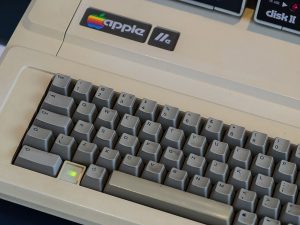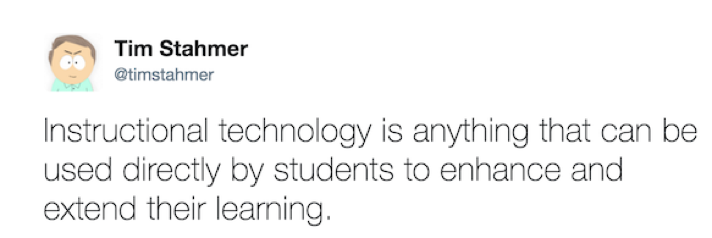
Principal, Glenwood Elementary School, Virginia Beach
Director
This blog post is part of the VSTE Voice series. VSTE directors, members, and friends share ideas and insights of interest to the VSTE community.
Carol Dweck, the author of Mindset, describes mindset as either fixed or growth. The fixed mindset is one that is carved in stone, with no chance of change, while the growth mindset is one that is based on the belief that your basic qualities are ones that you can cultivate through your efforts. Everyone can change and grow through application and experience.
Schools haven’t changed a lot over the last century. In that time, teachers have passed down ideas and observed practices from other teachers, creating an academic culture similar to what our parents and grandparents experienced.
Attitude and mindset are huge determining factors in our success and the success of our students. A few changes can mean the difference between a hostile, cold classroom atmosphere and a warm, welcoming one. If educators would open their minds to new approaches to how we are teaching our students, big changes in schools could drastically accelerate. Those educators could also learn to love teaching even more.
But this doesn’t come easy to our teachers. It is easier to learn new habits than to let go of the old ones. Most of the time people agree that change is needed, but still hesitate to step up and make the changes. Henry Ford said, “If I had asked people what they wanted they would have said faster horses." Teachers need support and encouragement, along with guidance as they begin transforming their classrooms from the traditional paper-and-pencil learning environments to the more student centered classroom.
Dave Burgess in Teach Like a Pirate writes, “If you provide your students with an uncommon learning experience they will reward you with an uncommon effort." Today’s kids are born digital--born into a media rich, networked world of infinite possibilities. But their digital lifestyle is about more than just cool gadgets; it’s about engagement, self-directed learning, creativity and empowerment. This is challenging to most of our teachers, but with the right attitude and mindset, teachers will find how rewarding it will be to meet their students where they are.
I often ask my teachers to reflect on their classrooms. Would you want your own child to be in your classroom? Are you willing to do what it takes to meet the needs of your students? If they didn’t have to be there, would they show up anyway? Technology will never replace teachers. However, those teachers that embrace the use of innovative teaching tools will be make those connections with their students, and provide engaging and relevant learning experiences.
The right mindset and the willingness to grow and learn new ways, will transform your classroom into a learning environment based on student agency.







